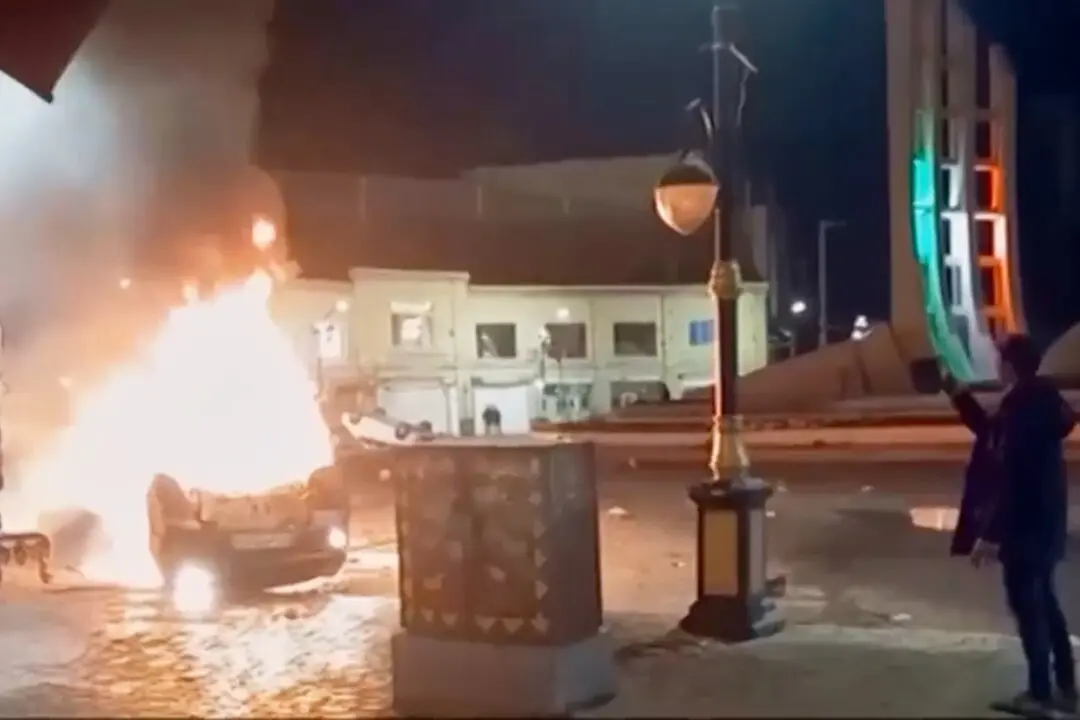In another troubling sign of the pandemic’s effect on the U.S. economy, Manhattan Borough President Gale Brewer and her staff found more than 330 vacant storefronts along New York City’s iconic Broadway, a 78 percent increase from 2017, according to a report.
The survey, conducted at the end of August, found 335 empty businesses, compared to 188 three years ago, according to The Wall Street Journal.





